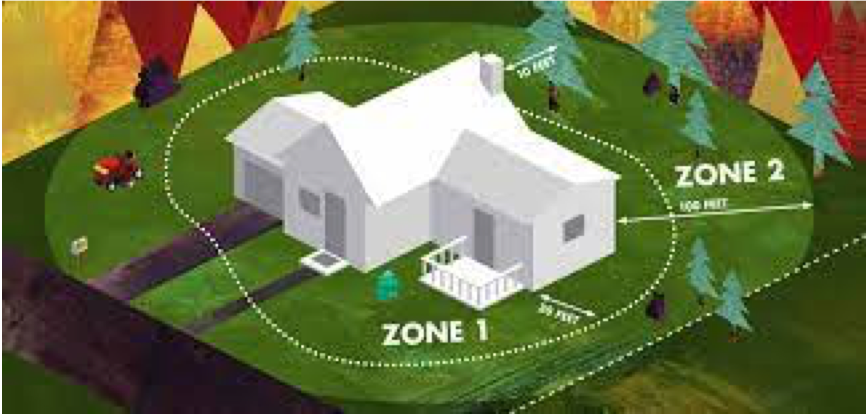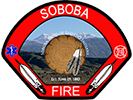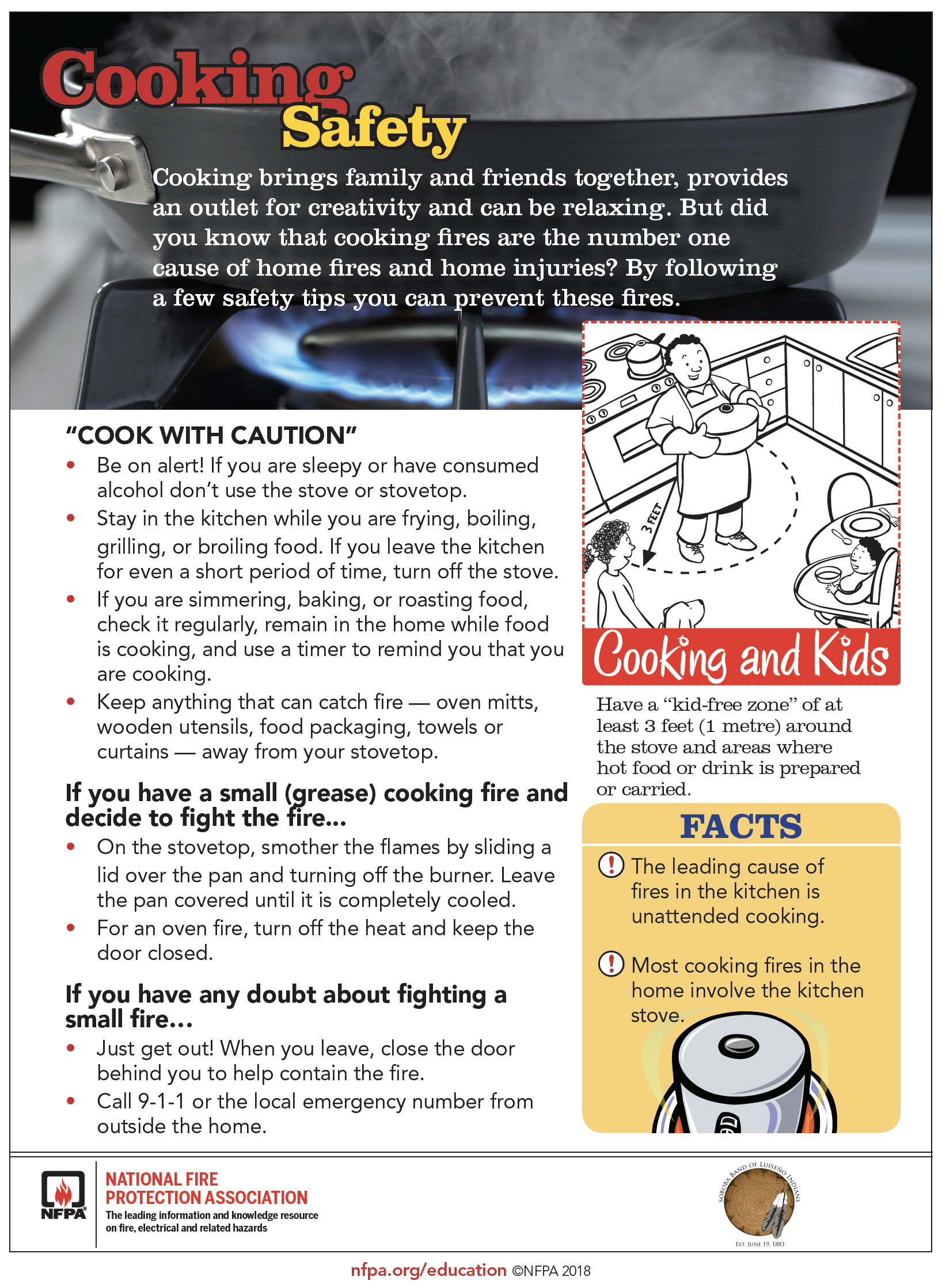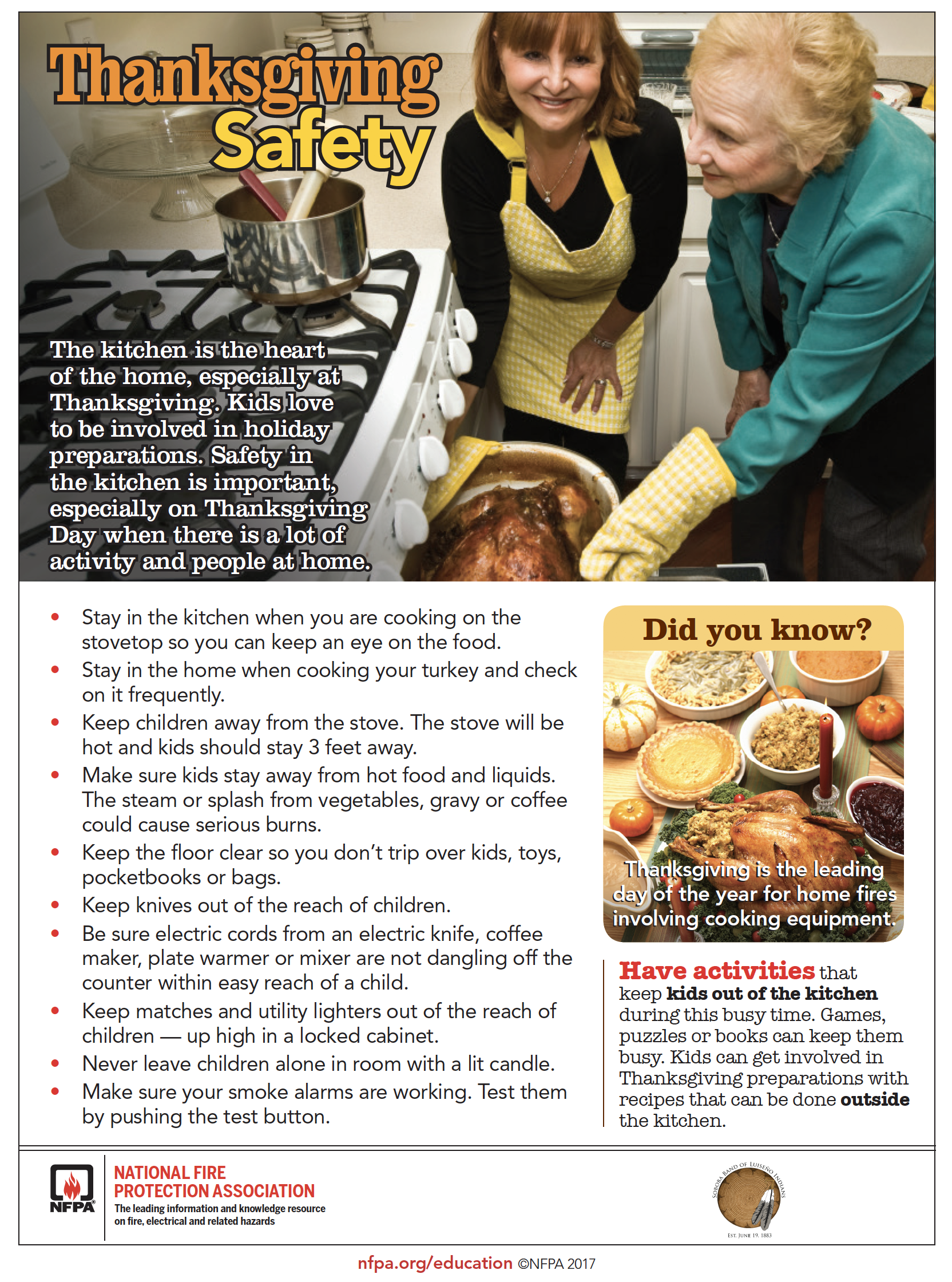COMMUNITY EDUCATION
Tribal Emergency Response Team (TERT)/Community Emergency Response Team (CERT) Basic Training Class
Learn how to prepare yourself, your family, and your neighborhood for a disaster. CERT Basic Training is a FREE 20-hour hands-on training program taught by first responder personnel and subject matter experts. The course is an all-hazards approach to help you increase your personal readiness and confidence if an emergency or disaster strikes.
What is CERT?
CERT Training is a Federal Emergency Management Agency (FEMA) training class. The CERT basic training class educates new members about disaster preparedness for the hazards that will impact Soboba and trains them in basic disaster response skills such as fire safety, light search and rescue, team organization and disaster medical operations. For details on upcoming CERT Classes check the Korbyt app. For additional questions you may email TERC@soboba-nsn.gov or call 951-654-5544 Ext. 4435.
A Heart Safe and Bleed Safe Community
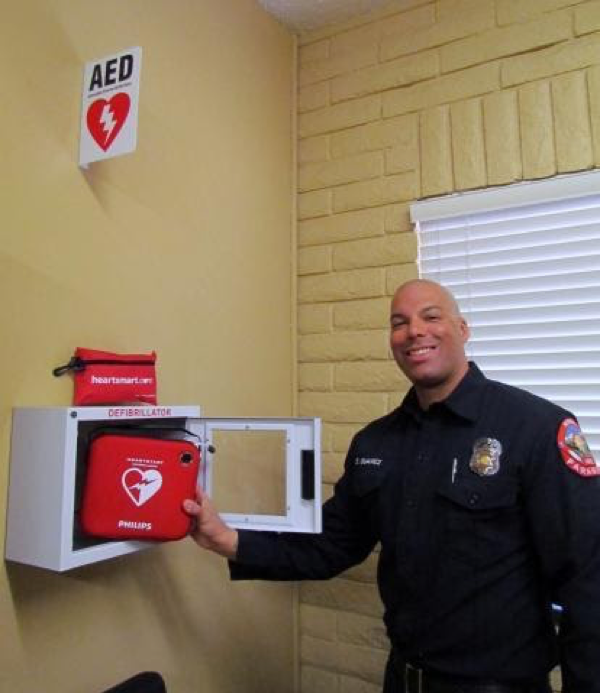
Several AEDs have been placed in various community buildings throughout the Soboba Reservation, and we are looking to expand that number in the future.
Preparation
Every second counts when it comes to sudden cardiac arrest or when trauma victims lie bleeding. The Soboba Fire Department is making an effort to empower community members to take action by making automated external defibrillators with trauma kits readily accessible in public places and teaching the public life-saving intervention skills that are easy to learn.
Locations
- Tribal Hall
- Government Building "1 Per Floor"
- Multi-purpose room
- Soboba Sports Complex
- Public Works
Learn the ABC's Pool Safety
Drowning is 100 % preventable, yet is the #1 cause of death for children under the age of five. The majority of drownings occur in residential swimming pools and spas, so remember, only a momentary lack of supervision puts a child at risk. Below are the ABC’s of pool water safety. By learning these water safety tips you and your child will learn how to prevent drowning.
A
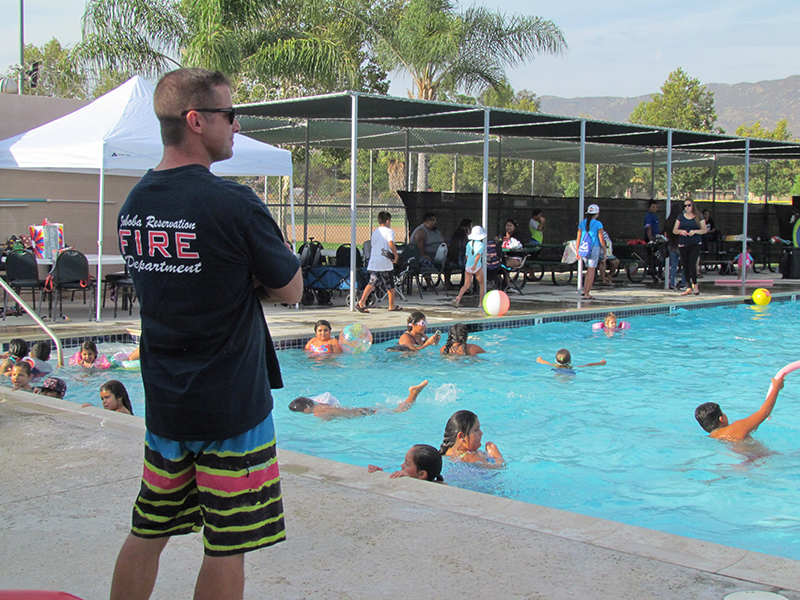
A = Adult Supervision
Have an adult assigned to supervise children that are in or around a swimming pool or spa area at all times.
Always maintain constant eye-to-eye supervision with children that are in and around a swimming pool/
Remove children from the swimming pool and spa area for any distraction such as a telephone call, use of restroom, etc.
Floaties or other inflatable flotation devices are not life jackets and should never be substituted for adult supervision.
Ensure any adult responsible for the children know the emergency services telephone number and your local address.
B
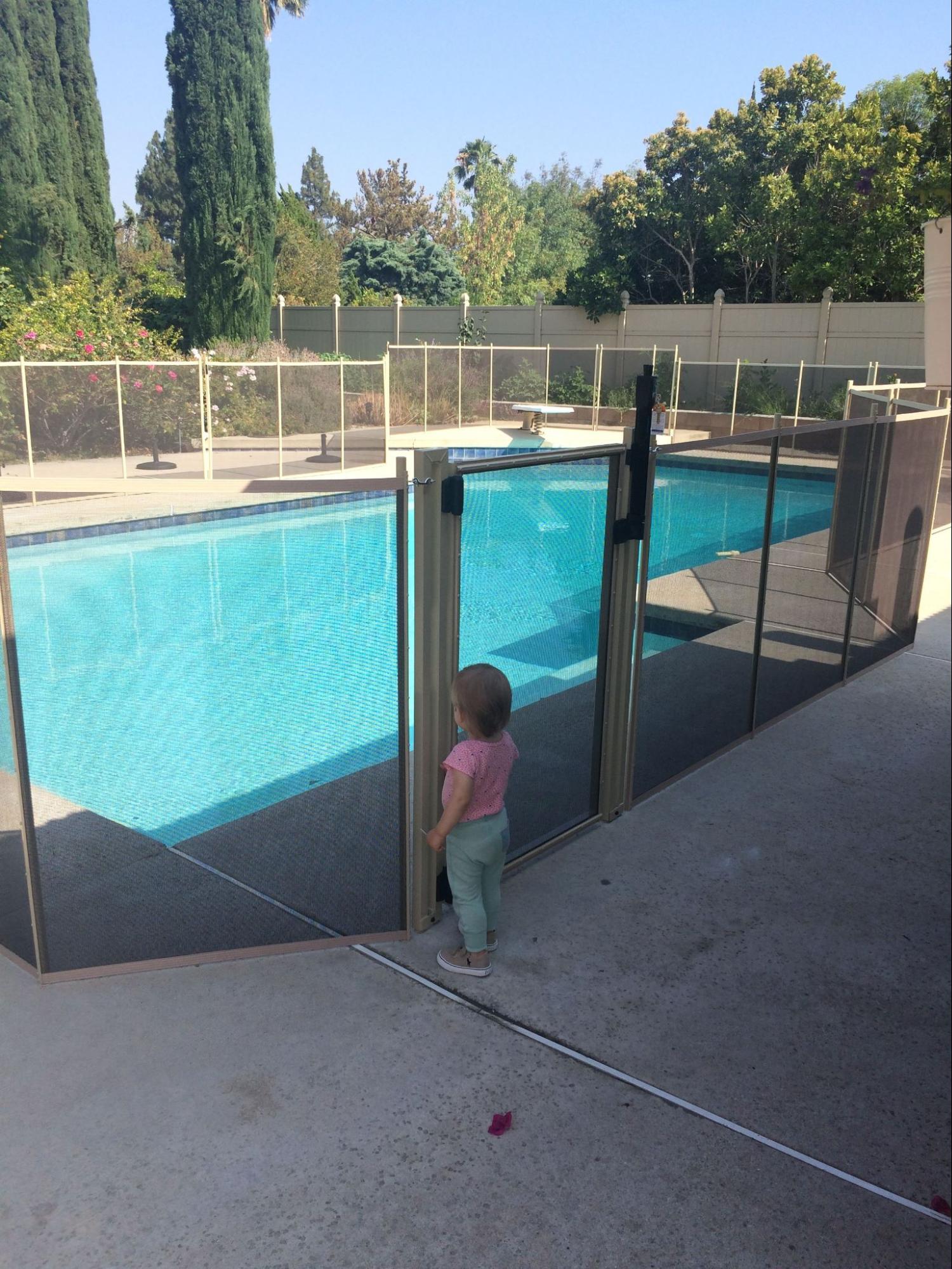
B = Barriers
Install a self-closing, self-latching fence enclosure that isolates your swimming pool and spa from the home, play areas, etc.
Use multiple layers of protection, such as safety covers, gate alarms, door alarms and motion-detection devices.
Inspect them monthly All chairs, tables, large toys or other objects that would allow a child to climb up to reach the gate latch or enable the child to climb over the isolation fence should be removed or kept inside the fenced area.
C
C = Classes
Learn how to perform Cardiopulmonary Resuscitation (CPR), first aid and rescue techniques.
Keep rescue equipment such as a shepherd’s hook, life-saving ring and CPR sign mounted by the pool to instruct others.
Watch the CPR Awareness video on the ABCs of pool safety website at www.abcpoolsafety.org.
Enroll your child in swim lessons.

Fire Safety
Fire Prevention Week
FIRE PREVENTION WEEK Is Oct. 3-9
Learn the Sounds of Fire Safety
During Fire Prevention Week, we honor our brave firefighters and first responders who risk their lives to protect us every day and reaffirm the importance of fire safety and preparedness. Fire Prevention Week is observed each year during the week of October 9th in commemoration of the Great Chicago Fire, which began on October 8, 1871, and caused devastating damage. This horrific conflagration killed more than 250 people, left 100,000 homeless, destroyed more than 17,400 structures, and burned more than 2,000 acres of land.
What’s the difference between smoke alarms and carbon monoxide (CO) alarms? Why do I need both?
Smoke alarms sense smoke well before you can, alerting you to danger. In the event of fire, you may have as little as 2 minutes to escape safely, which is why smoke alarms need to be in every bedroom, outside of the sleeping areas (like a hallway), and on each level (including the basement). Do not put smoke alarms in your kitchen or bathrooms.
Carbon monoxide is an odorless, colorless gas that displaces oxygen in your body and brain and can render you unconscious before you even realize something is happening to you. Without vital oxygen, you are at risk of death from carbon monoxide poisoning in a short time. CO alarms detect the presence of carbon monoxide and alert you so you can get out, call 9-1-1, and let the professionals check your home.
This year’s Fire Prevention Week campaign, sponsored by the National Fire Protection Association, encourages the fire service to educate their communities about the different sounds smoke and carbon monoxide (CO) alarms make and actions to take if an alarm sounds. Join us this year to learn the sounds of safety. When an alarm makes noises – a beeping sound or a chirping sound – you must take action.
Wildfire Preparedness
Wildfire is coming.
ARE YOU READY???

DOWNLOAD THE READY FOR WILDFIRE APP
It’s never been more important to keep on top of preparing your family, home and property for a wildfire. Fires are on the rise, and are burning hotter, faster and more unpredictably than ever before. Download the app to:
- Get custom wildfire alerts
- Track your progress
- Get detailed action steps

The following are recommendations set forth by Soboba Fire Department to ensure a fire safe home.
HARDENING YOUR HOME- Preparing your home for a wildfire
Flying embers can destroy homes up to a mile ahead of a wildfire. Prepare (harden) your home now before a fire starts.
Priority list for building or remodeling with ignition-resistant* materials:
- Roof (Above all else your roofing is the most important hardening feature)
- Eaves and Soffits
- Walls
- Decks
- Patio Cover
- Fencing Other priority activities:
- Vents: Cover and protect all openings
- Windows: Protect against blow-outs and install dual paned windows
- Rain Gutters: Screen or enclose
- Chimney: Cover outlets with non-combustible screens
- Garage: Have an accessible fire extinguisher
- Driveways: Ensure access to your home complies with local fire codes
- Water Supply: Get multiple garden hoses that are long enough to reach all areas of your home
* Visit ReadyforWildfire.org/ hardening-your-home for detailed information on ignition-resistant building materials and all home hardening activities

DEFENSIBLE SPACE
ZONE 1 – Within 30’ of the structure
- Remove all branches within 10’ of chimney or stove pipe
- Remove all leaves, needles, or other vegetation on roofs, gutters, decks, porches, etc.
- Remove all dead and dying trees, branches and shrubs or other plants adjacent to or overhanging buildings
- Remove all dead and dying grass, plants, shrubs, trees, branches, leaves, weeds and needles
- Remove or separate live flammable ground cover and shrubs
- Remove flammable vegetation and items that could catch fire which are adjacent to or below combustible decks, balconies, and stairs
- Relocate exposed wood piles outside of Zone1 unless completely covered in a fire resistive material
ZONE 2- Within 100’ of the structure
- Cut annual grasses and forbs to a maximum of 4 inches in height
- Remove fuels in accordance with the Fuel Separation or Continuous Tree Canopy guidelines
- All exposed woodpiles must have a minimum of ten feet (10 feet) clearance, down to bare mineral soil, in all directions
- Dead and dying woody surface fuels and aerial fuels shall be removed. Loose surface litter, normally consisting of fallen leaves or needles, twigs, bark, cones, and small branches, shall be permitted to a maximum depth of three inches
- Logs or stumps embedded in the soil must be removed or isolated from other vegetation
- Outbuildings and Liquid Propane Gas (LPG) storage tanks shall have ten feet (10 ft.) of clearance to bare mineral soil and no flammable vegetation for an additional ten feet (10 ft.) around their exterior
- Address numbers shall be displayed in contrasting colors (4” min. size) and readable from the street or access road
- Equip chimney or stovepipe openings with a metal screen having openings between 3/8 inch and 1/2 inch
